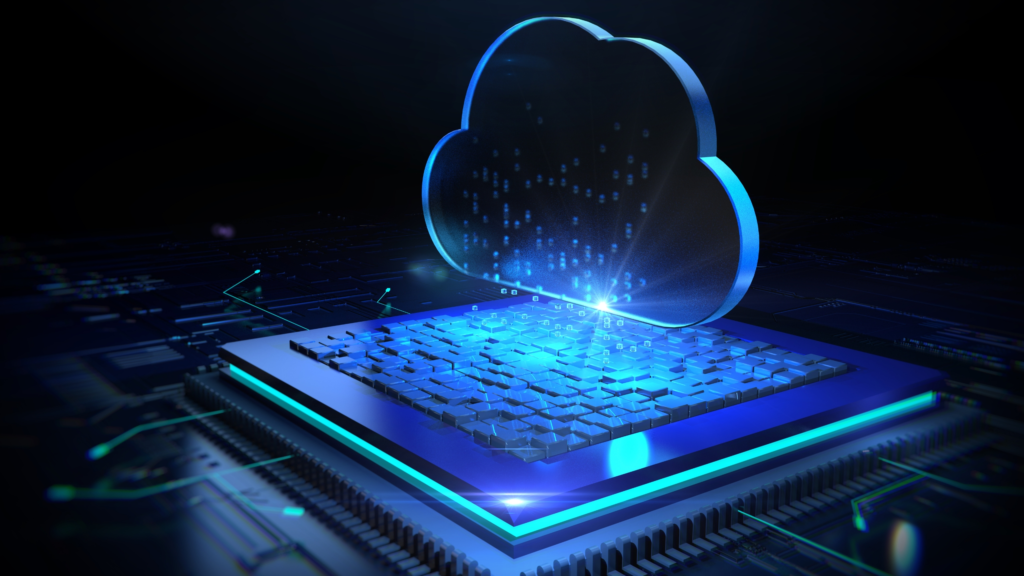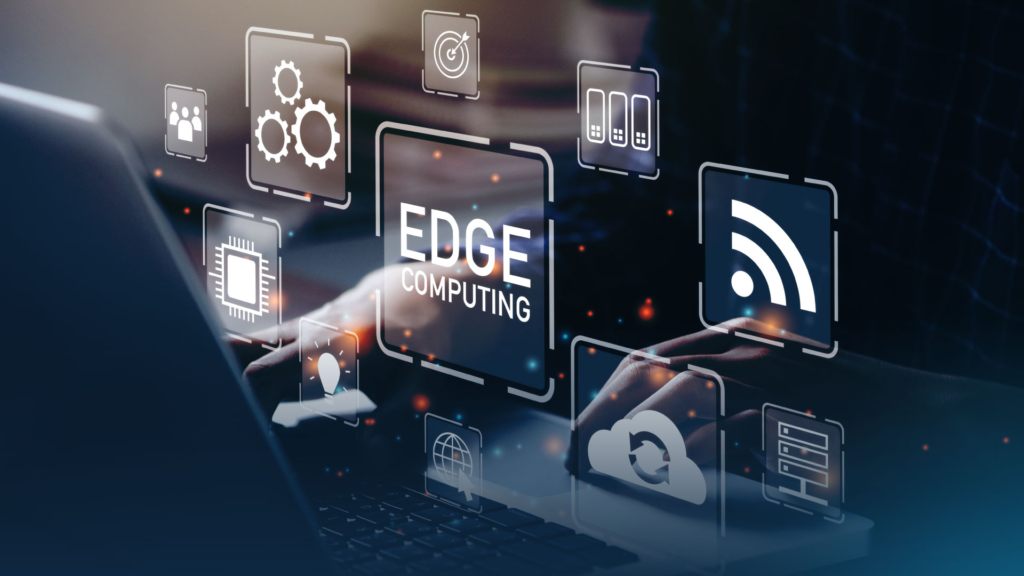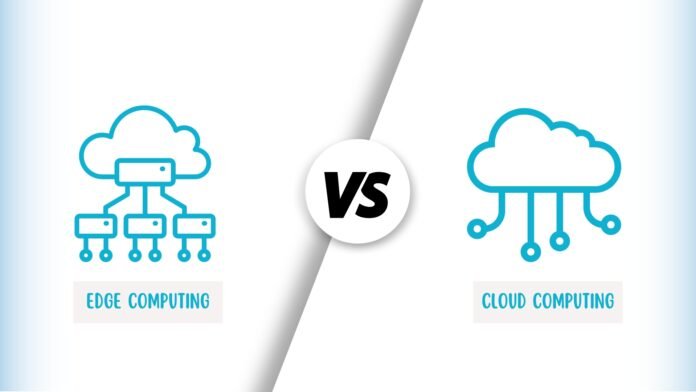The two most distinct computing paradigms faced by organizations and IT professionals strolling across the digital landscape while struggling with digital transformation are edge Computing and cloud computing. The advantages of both paradigms are unique and essential to modern networks. Understand their disparities, advantages, and use cases to help organizations form appropriate decisions concerning their IT infrastructure.
What is Cloud Computing?
Cloud computing, with its capacity to deliver services, such as storage, connectivity, processing power, applications, and many other things, through the Internet, is basically a central data center or some random central areas controlled by the cloud computing service providers that essentially tend to include AWS, Azure, and GCP. These above resources provide comfortable on-demand access to them on the fly, glossing over the need for the initial infrastructure on the ground.
Key Benefits of Cloud Computing:
- Scalability: Apart from the pressure generated, organizations have the option to scale resources up or down.
- Cost Efficiency: A pay-as-you-go pricing model will eliminate initial expenditure on both hardware and maintenance.
- Accessibility: There is seamless integration of so many aspects of technology, such as cloud platforms, remote working, application integration, and data flow these days.
- Security & Compliance: Data breaches and privacy violations impose an especially serious threat on industry and society.
Common Use Cases:
- Web hosting as well as content distribution
- Collecting data and doing some due diligence
- Adding artificial intelligence and training Machine Learning models
- Enterprise software and SaaS apps

What is Edge Computing?
The promise of edge computing lies in its complementarity to traditional cloud-based network designs and distributed computing infrastructures. Edge computing treats transmissions that occur at the edge of the network, on the edge of many sensors. Faster data movement reduces the existence of data theft in real time and actualizes the value of real-time systems.
Key Benefits of Edge Computing:
- Low Latency: Processing data at the end device offered by the fog enabled the energy efficiency or, in other words, mitigated the amount of traffic needing to transit the WAN to move data back and forth.
- Bandwidth Optimization: Cut down on the continuous need to transfer data to the cloud and hence reduce bandwidth.
- Enhanced Security: A Local processing used for mixed data protects one from cyber-attacks.
- Operational Reliability: However, the system has to work if the cloud connection breaks.
Common Use Cases:
- Applications of Industrial Internet of Things.
- Self-driving cars and intelligent transportation systems.
- Smart cities and infrastructure monitoring.
- AR and VR and gaming applications.

Which One Should You Choose?
Businesses build systems with cloud computing or edge computing, depending on individual requirements. Companies looking for high scalability, remote access, and centralized data management should explore cloud services, whereas companies in need of low latency, privacy, and real-time applications should look into edge computing.
Most of the modern hybrid IT architectures employ the two approaches of cloud computing for resource extensive data storage and analytics while the edge computing is for real-time processing and making decisions.
Final Thoughts
Organizations are aware of the need for an optimization strategy for technology in order to maintain sustainable innovation and efficiency. A comparison of performance for scaling on a cloud and edge will allow the enterprise to make informed IT decisions.



